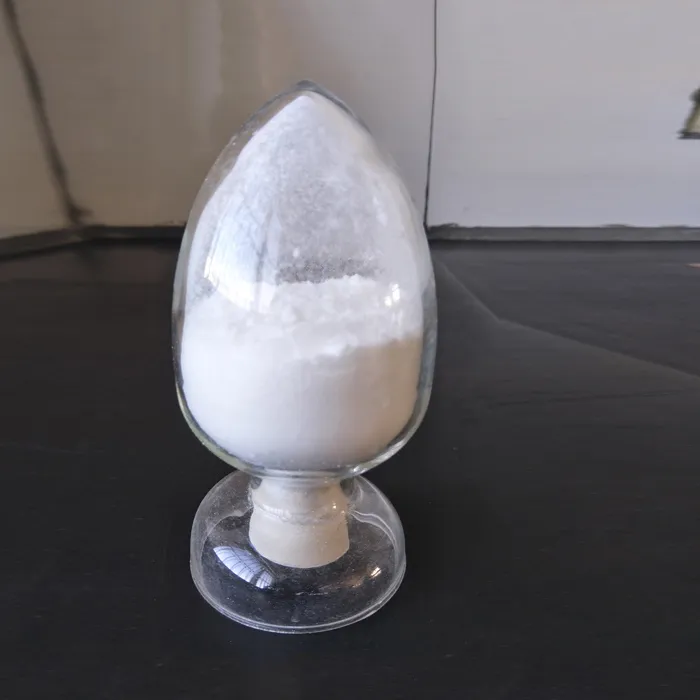Anti-Scratch Additives for Plastics Enhancing Durability and Aesthetics
Plastics are an integral part of modern life, used in a myriad of applications ranging from consumer products to industrial components. However, one of the significant drawbacks of plastic materials is their susceptibility to scratches. Scratches can detract from the aesthetic appeal and structural integrity of plastics, prompting the need for effective anti-scratch additives. This article delves into the types of anti-scratch additives, their mechanisms of action, and their applications in various industries.
Understanding the Need for Anti-Scratch Additives
The demand for visually appealing and long-lasting plastic products continues to rise. In industries such as automotive, electronics, and packaging, maintaining a pristine appearance is crucial. Scratches not only affect the visual quality of plastic surfaces but can also lead to compromised performance, especially in products requiring transparency or high clarity, such as screens and containers.
To address these issues, manufacturers have turned to anti-scratch additives. These additives are designed to enhance the scratch resistance of plastic materials, prolonging their lifespan and preserving their aesthetic appeal.
Types of Anti-Scratch Additives
There are several types of anti-scratch additives that manufacturers can use. They can be categorized into two main types surface-treating agents and polymeric additives.
1. Surface-Treating Agents These additives work by forming a protective layer on the surface of the plastic. Common surface-treating agents include silicones and fluoropolymers. They reduce the surface tension of the plastic, leading to lower friction when contacting other surfaces and, consequently, fewer scratches.
2. Polymeric Additives These additives are incorporated into the polymer matrix itself. They can be based on thermoplastic elastomers or other flexible polymers, which provide enhanced elasticity and toughness. When incorporated into the plastic during manufacturing, they improve the overall mechanical properties of the material, making it more resistant to scratching.
Mechanisms of Action
Anti-scratch additives work through various mechanisms. One common approach is the enhancement of the surface morphology, which can lead to improved scratch resistance. By modifying the surface texture at the micro-scale, these additives can disperse impact energy more effectively, reducing the likelihood of damage.
Additionally, the incorporation of anti-scratch additives can reduce the coefficient of friction on the plastic surface
. A lower friction coefficient means that the plastic is less likely to experience scratches when in contact with other materials. This is particularly beneficial in applications involving frequent handling or movement.anti scratch additives for plastic

Applications Across Industries
The versatility of anti-scratch additives makes them suitable for a wide range of applications
- Automotive Industry In automotive interiors, such as dashboards and door panels, maintaining a flawless appearance over time is essential. Anti-scratch additives help prevent damage from regular wear and tear.
- Consumer Electronics Screens of smartphones, tablets, and other devices are particularly vulnerable to scratches. The use of anti-scratch additives in the protective layers of these devices can significantly enhance their durability.
- Packaging In food and beverage packaging, transparency is critical for consumer appeal. Anti-scratch additives help maintain the clarity and appearance of packaging materials.
- Medical Devices In the medical field, durability and cleanliness are paramount. Anti-scratch additives ensure that medical devices remain functional and aesthetically pleasing.
Future Directions
As the demand for high-performance plastics grows, the development of innovative anti-scratch additives continues to evolve. Research efforts are focused on creating additive formulations that not only improve scratch resistance but also offer additional benefits such as UV protection, antibacterial properties, and enhanced thermal stability.
Furthermore, with growing environmental concerns, there is a trend towards developing bio-based anti-scratch additives. These sustainable alternatives can provide effective scratch resistance while minimizing ecological impact.
Conclusion
Anti-scratch additives play a crucial role in enhancing the durability and aesthetic appeal of plastic products across various industries. By incorporating these additives, manufacturers can produce high-quality, long-lasting plastic materials that meet the ever-increasing consumer demands for performance and appearance. As technology advances, the future of anti-scratch additives looks promising, paving the way for more innovative and sustainable solutions in the plastics industry.

